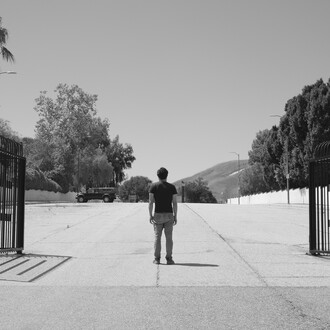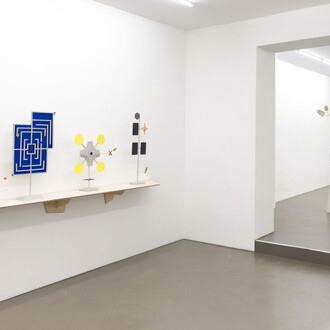Behind the grand entrance arch of the former Anhalter Bahnhof station begins the world of rail transport. In former times Berlin was Germany’s railway capital with numerous main-line stations and locomotive works, and it is from this that the exhibition derives its inspiration.
Our presentation of Germany’s railway history starts with the steam engine “Beuth”, moving on to the first ever electric railway (invented by Werner Siemens), express locomotives of various classes, rubble trains and railcars, and ending with diesel engines and the precursors of the ICE high-speed train.
We show how, in their time, these technical innovations were bound up with social developments. Souvenirs of journeys past are placed fittingly beside the models of old passenger carriages, just as a soldier’s parcel from the front finds its place near the war locomotives. You can look at some of the engines from underneath, or step onto the footplate yourself and explore the cab.
You will find the exhibition on 33 tracks in the former engineering works of the Berlin-Anhalt Railway Company, which was built in 1874, damaged by bombs in the Second World War and closed in 1952.
A group of three overgrown tracks in the first engine shed provide a reminder that the site lay abandoned for thirty years. The plants growing here include the Mahaleb cherry (normally a Mediterranean plant), giant knotweed (a native of Siberia) and the medicinal herbs evening primrose and lady’s mantle. The museum began using the site in 1987.
The exhibited objects tell stories of technical and social advances. For example, beside the newly painted imperial carriage you will find an oily, cut-away Prussian P 8-class steam engine challenging established ways of seeing – not painted over but cleaned up and protected from further decay. Worn wooden steps provide a reminder of the daily routine of the railways, while broken glass speaks of the passing of old technologies.
The Museum portrays the fate of twelve Berliners
The Deutsches Technikmuseum Berlin has dedicated an exhibition to this darkest chapter of German rail history. In addition to displaying a typical freight wagon of the period, the exhibition endeavours to provide a complete overview of "Jew transports" from the German Reich to the ghettos and death camps.
Food and drink on the railways from 1850 up to now.
This exhibition was to be seen to the end of 2009 in the German Museum of technology Berlin and afterwards could be visited until 11 April 2010 in the DB Museum Nuremberg.
















